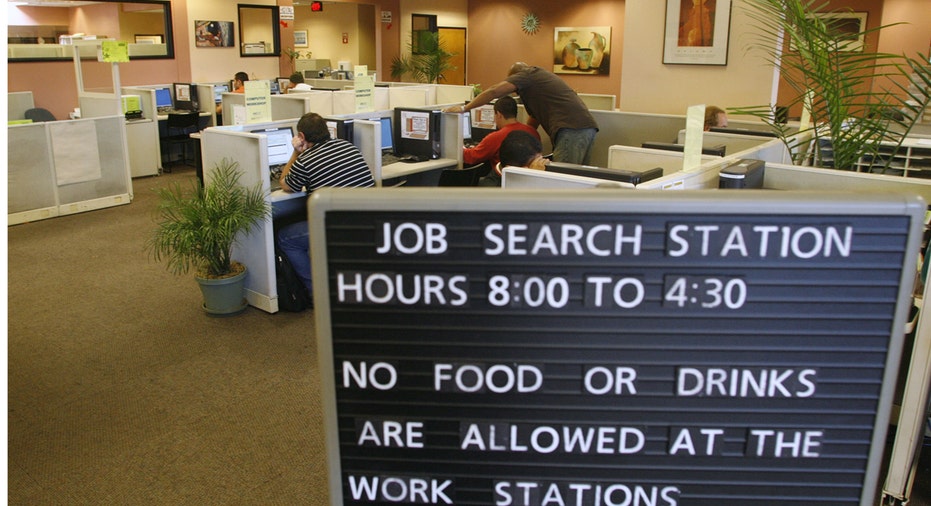Weekly Jobless Claims Climb by 10,000

The number of Americans filing for unemployment benefits rose to a six-month high last week, suggesting some loss of momentum in the labor market amid a sharp economic slowdown and financial market volatility.
Initial claims for state unemployment benefits increased 10,000 to a seasonally adjusted 293,000 for the week ended Jan. 16, the highest reading since early July, the Labor Department said on Thursday.
The prior week's claims were revised to show 1,000 fewer applications received than previously reported. Economists polled by Reuters had forecast claims slipping to 278,000 in the latest week.
While layoffs appear to have picked up a bit in recent weeks, the increases probably do not suggest a material weakening in labor market conditions as claims data is difficult to adjust around this time of the year.
Claims have now been below the 300,000 mark, which is associated with strong labor market conditions, for 46 straight weeks. That is the longest streak since the early 1970s.
Outside the energy, mining and manufacturing sectors, which have been devastated by a slump in crude oil prices and a strong dollar, layoffs have been generally low as the labor market approaches full employment.
A Labor Department analyst said there were no special factors influencing the data and only claims for Puerto Rico and Wyoming had been estimated.
The four-week moving average of claims, considered a better measure of labor market trends as it irons out week-to-week volatility, rose 6,500 to 285,000 last week, the highest reading since mid-April.
The claims data covered the survey period for January nonfarm payrolls. The four-week average of claims rose 14,250 between the December and January survey periods.
While that suggests a drop in payroll gains from December's robust 292,000 jobs, employment growth in January is expected to top 200,000.
The economy is struggling with the headwinds of a strong dollar, slowing global demand and relentless spending cuts in the energy sector, which have pressured manufacturing.
An inventory overhang has also left businesses placing fewer new orders with factories, leading to predictions that fourth-quarter gross domestic product increased at an annual rate of less than 1 percent after expanding at a 2 percent pace in the July-September quarter.
The claims report showed the number of people still receiving benefits after an initial week of aid fell 56,000 to 2.21 million in the week ended Jan. 9. The four-week average of the so-called continuing claims rose 3,250 to 2.23 million.
(Reporting by Lucia Mutikani; Editing by Paul Simao)